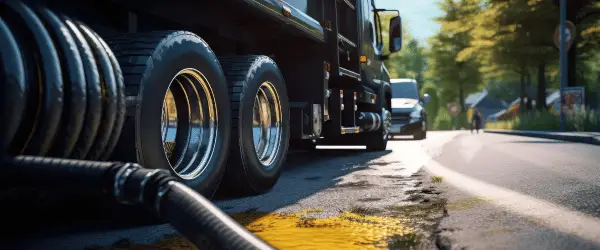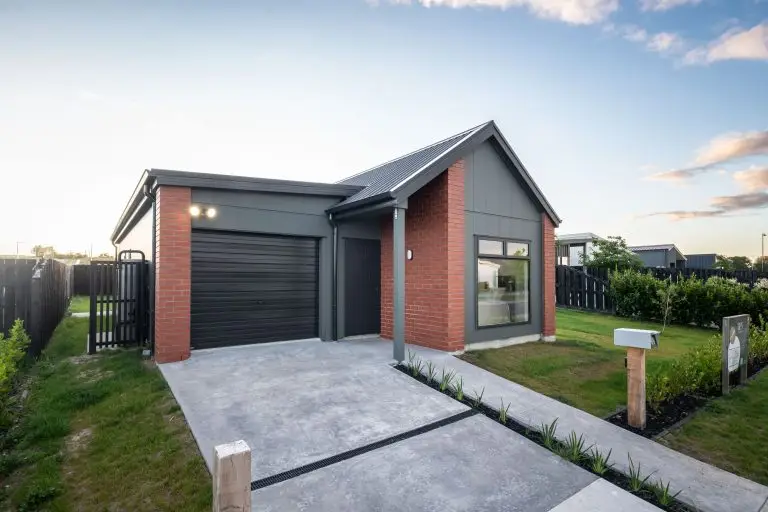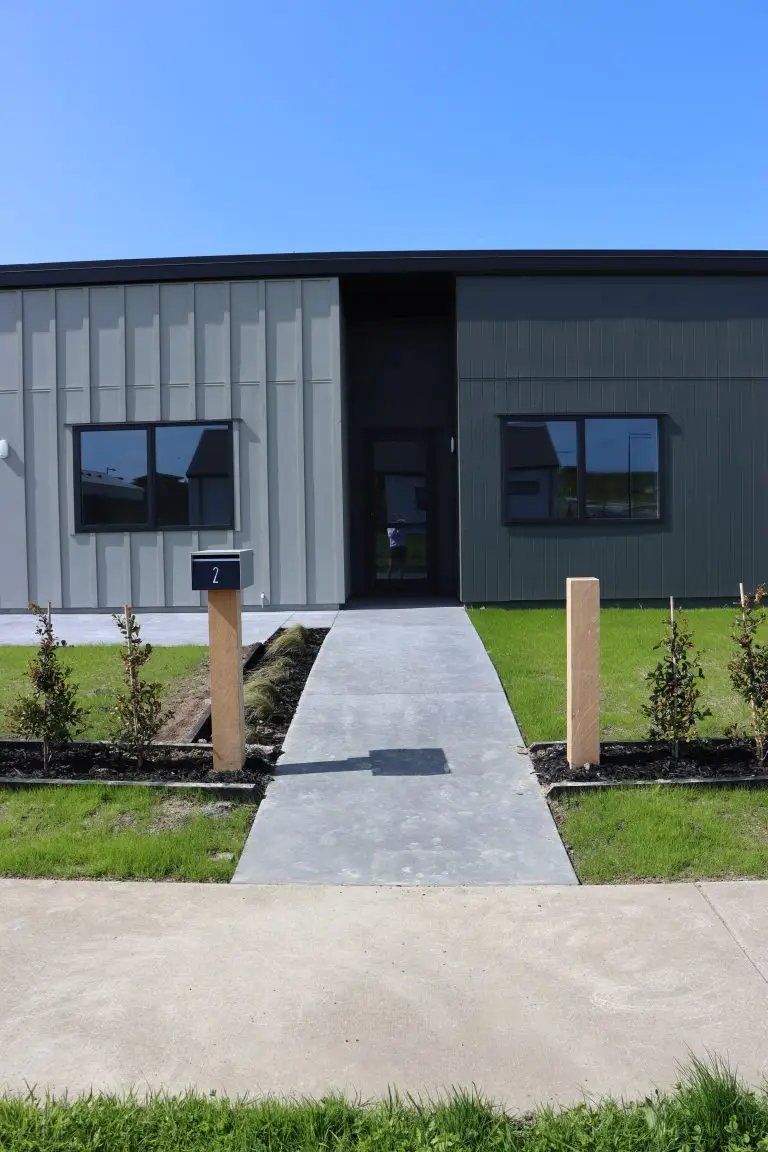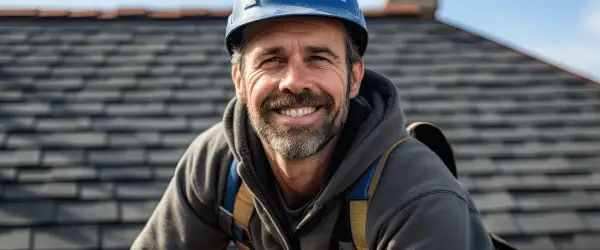As the leaves turn and the air chills, high-end property owners know it’s time to prepare their estates for winter. Ensuring your property is ready for the colder months not only preserves its beauty and functionality but also prevents costly damage. Here’s a comprehensive guide to help you protect your investment and ensure a serene winter.
1. Heating System Check-Up
Why it’s crucial: A well-functioning heating system is essential for comfort and safety during the winter. An inefficient system can lead to increased energy costs and potential failures.
How to prepare:
- Schedule a professional inspection: Have a certified HVAC technician perform a thorough check of your heating system. This includes checking the furnace operation, replacing filters, and ensuring that the thermostat is functioning correctly.
- Consider upgrading your system: If your system is old or inefficient, upgrading to a more energy-efficient system can reduce long-term costs and provide more reliable heating.
2. Roof Inspection and Repair
Why it’s crucial: Your roof is your first defense against winter weather. Damage can lead to leaks and significant water damage.
How to prepare:
- Professional roof inspection: Hire a roofing expert to inspect for missing shingles, damage, or signs of wear. Pay special attention to areas around chimneys and vents.
- Clean gutters and downspouts: Ensure they are free from leaves and debris to prevent ice damming, which can cause water to back up and damage roofing, siding, and interior walls.
3. Plumbing Winterisation
Why it’s crucial: Frozen pipes are a common and costly problem in winter. They can burst and cause extensive water damage.
How to prepare:
- Insulate pipes: Use foam padding sleeves or special insulating tape to protect both hot and cold water pipes in crawl spaces, attic, and outside walls.
- Drain outdoor faucets: Disconnect garden hoses and drain the water from outdoor faucets and irrigation systems to prevent freezing.
4. Fireplace and Chimney Care
Why it’s crucial: A clean, well-maintained fireplace and chimney enhance heating efficiency and reduce fire hazards.
How to prepare:
- Hire a chimney sweep: Have your chimney professionally cleaned to remove soot and debris. This reduces the risk of chimney fires and carbon monoxide buildup.
- Inspect the fireplace damper: Ensure it opens and closes properly to prevent drafts and energy loss.
5. Exterior Maintenance
Why it’s crucial: The exterior of your home is exposed to severe weather conditions; maintaining it can prevent structural damage.
How to prepare:
- Paint and seal exterior woodwork: Check for peeling or blistering paint on the exterior woodwork. Repaint and seal to protect the wood from moisture.
- Secure outdoor furniture: Store or securely cover outdoor furniture and decorations to protect them from wind and weather.
6. Landscape and Tree Maintenance
Why it’s crucial: Heavy snow and ice can cause branches to fall, potentially damaging your property or injuring someone.
How to prepare:
- Trim overhanging branches: Professionally trim branches that could pose a risk to your house, electrical wires, or individuals walking nearby.
- Prepare the soil: Apply fall fertilizer to promote root growth and ensure your plants are robust enough to survive the harsh weather.
7. Energy Efficiency Checks
Why it’s crucial: Maximizing energy efficiency can significantly reduce heating costs and prevent heat loss.
How to prepare:
- Upgrade insulation: Check the insulation in key areas such as the attic, basement, and external walls.
- Seal leaks: Use caulk and weatherstripping to seal around doors and windows to prevent drafts and energy loss.
8. Emergency Preparedness
Why it’s crucial: Winter storms can lead to power outages and isolation.
How to prepare:
- Prepare an emergency kit: Include essentials such as a flashlight, batteries, bottled water, non-perishable food, blankets, and a first-aid kit.
- Install a generator: Consider installing a standby generator to maintain heating and lighting during power outages.







